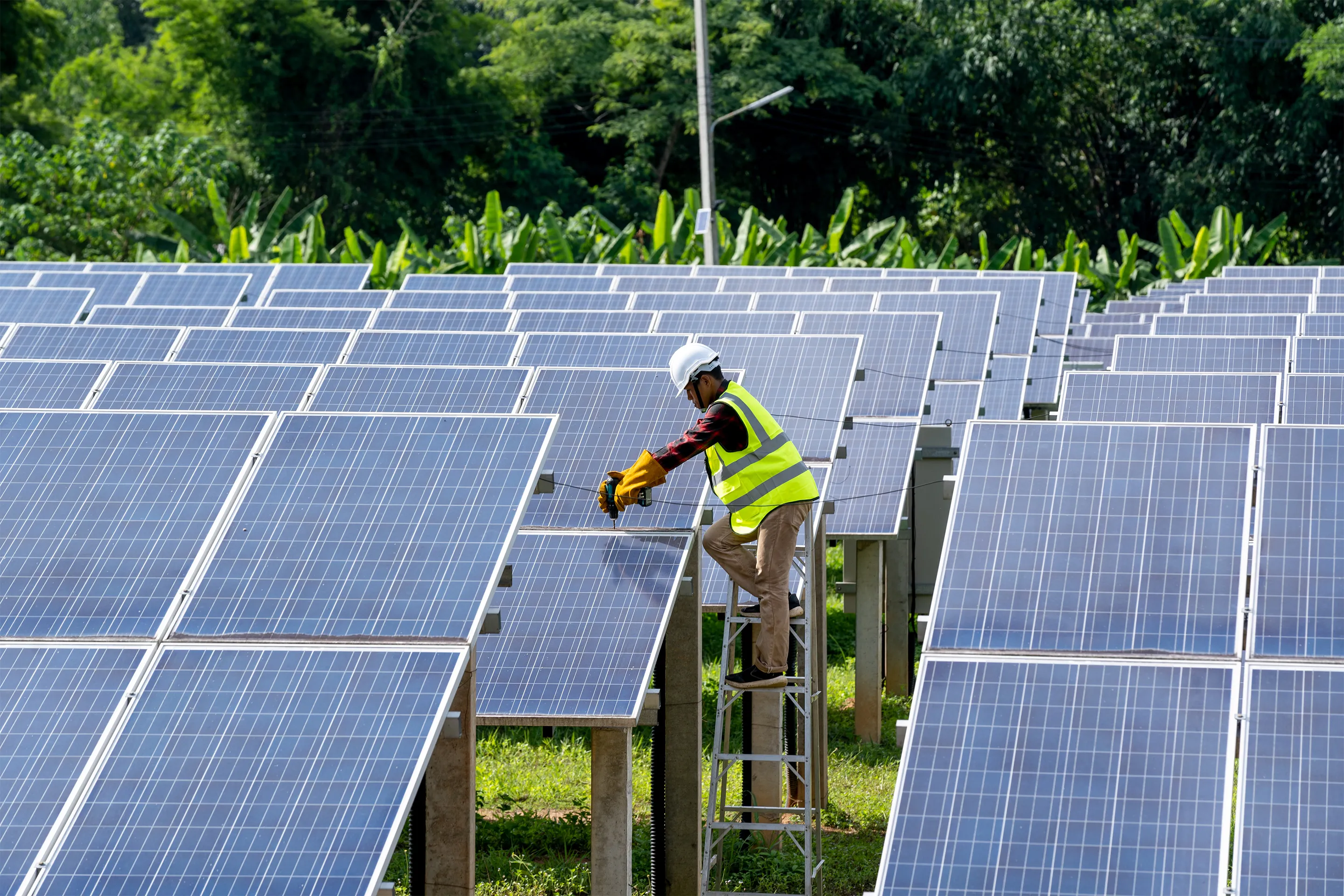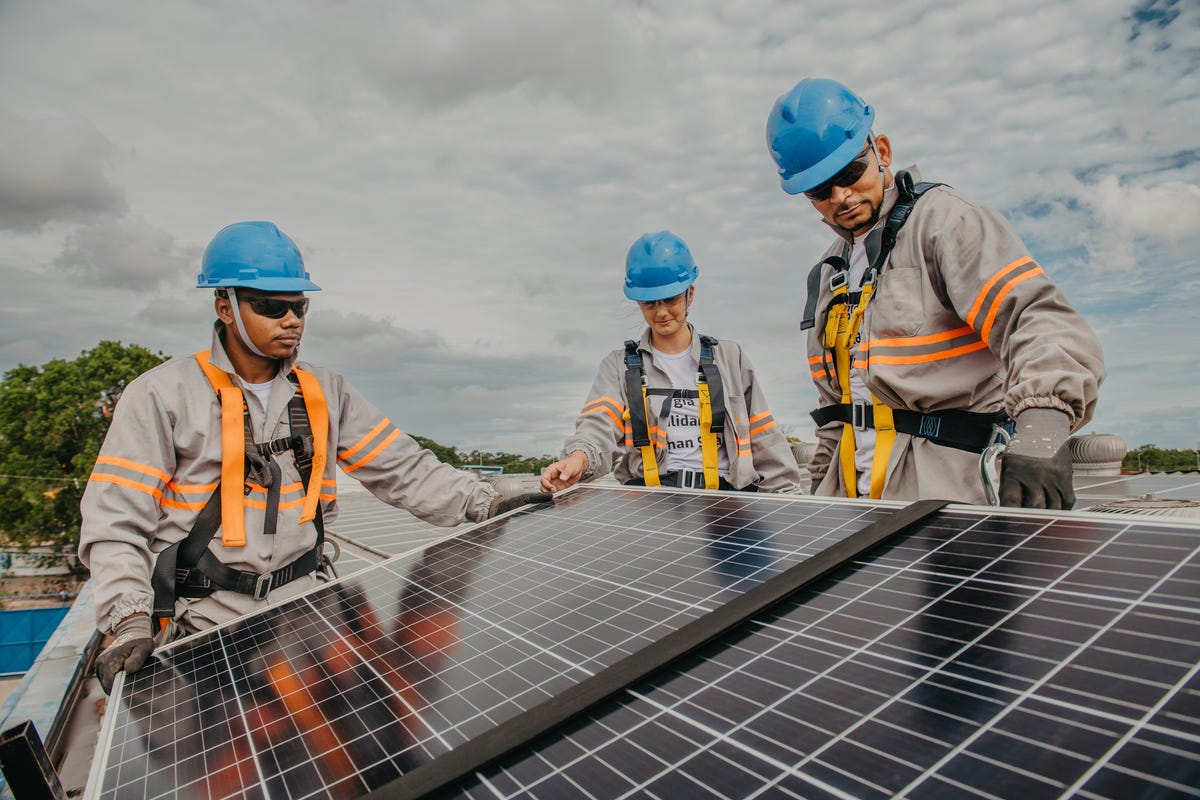Virginia Solar Net Metering: Lumina Solar Concentrates On Providing Advanced Photovoltaic Solutions For Residences And Organizations
History and Founding
Have you ever wondered how a solar panel company springs from a mere trigger of motivation into a powerhouse of renewable resource? It typically begins with a vision-- one sustained by a mix of innovation, decision, and a pinch of serendipity. The journey of many solar companies mirrors the advancement of the innovation itself: from bulky, inefficient panels to sleek, high-efficiency marvels utilizing the sun's bounty.
The Early Days
In the late 20th century, when solar power was still a niche concept, pioneers planted seeds for what would end up being a worldwide motion. Envision a small workshop filled with curious engineers, tirelessly exploring with solar batteries. Their passion was palpable, typically driven by a desire to combat climate change and reduce reliance on nonrenewable fuel sources.
One such anecdote is about a founder who, motivated by a camping trip, recognized that even in remote locations, the sun might power vital gadgets. This basic observation sparked a business's objective to democratize access to clean energy.
Founding Concepts

- Innovation: Constantly pushing the borders of solar technology to improve efficiency and toughness.
- Sustainability: Committing to eco-friendly production and lowering carbon footprints.
- Accessibility: Making eco-friendly energy options budget-friendly and practical for everyday users.
Milestones in Development
| Year | Secret Event |
|---|---|
| 1985 | Company established in a little garage, concentrating on research study and advancement. |
| 1995 | Business solar panel product released, getting regional attention. |
| 2005 | Expanded to global markets, accepting international renewable resource goals. |
| 2015 | Introduced innovative photovoltaic panel innovation with improved energy conversion. |
Isn't it remarkable how these incremental steps, typically neglected, shape the energy landscape today? The solar panel company story is not practically innovation; it's about an unrelenting quest for a brighter, cleaner future.

Innovations in Solar Panel Technologies
Ever noticed how some solar panels shine brighter and last longer? It's not magic; it's the science of photovoltaic efficiency. Modern photovoltaic panel companies invest greatly in innovations like bifacial cells, which catch sunshine from both sides, improving energy harvest without expanding roofing system space. Have you ever wondered why some panels perform better on cloudy days? That's due to advances in thin-film solar innovation, which flourishes under diffused light conditions.
Product Variations Customized to Unique Needs
One size never fits all. Solar panel suppliers now provide:
- Monocrystalline panels for maximum performance and sleek aesthetics, suitable for space-constrained rooftops.
- Polycrystalline panels, which offer an affordable option without sacrificing excessive output.
- Building-integrated photovoltaics (BIPV), combining solar tech effortlessly into architectural elements like windows and facades.
Choosing the right product isn't simply about upfront expense; it has to do with matching your environment, energy objectives, and long-lasting cost savings. Homes shaded by trees need panels that excel in low-light scenarios, something lots of neglect up until energy costs climb up all of a sudden.
Technical Tips for Optimum Selection
- Examine the temperature coefficient-- lower values mean panels lose less performance on hot days.
- Look for panels with improved anti-reflective coverings to optimize light absorption.
- Think about the panel's service warranty not simply for defects, however for guaranteed power output over years.
- Don't underestimate the importance of the inverter technology paired with the panels; it can make or break your system's efficiency.
Beyond Panels: Emerging Trends
Envision photovoltaic panels that adjust their angle immediately to chase after the sun-- tracking systems are becoming more accessible, increasing yield substantially. Or solar tiles that blend undetectably into your roofline, changing your home into a quiet, self-sufficient power generator. These developments are reshaping what a photovoltaic panel business offers-- not just products, however integrated energy options.
Market Presence and Global Operations
Ever question why some solar panel business appear to website sprout up in every corner of the globe while others barely make a ripple? The distinction lies not just in technology however in mastering the art of navigating diverse markets. Broadening worldwide is like planting seeds in different climates-- you should understand each environment's distinct conditions to thrive.
Take, for instance, the detailed dance of logistics and supply chain management. Shipping panels midway throughout the world isn't practically range; it's about timing, customizeds, tariffs, and adjusting to regional need variations. A business with robust worldwide operations anticipates these variables, guaranteeing panels arrive on schedule without pumping up costs. This insight is no little feat and frequently separates market leaders from followers.
Key Techniques for Expanding Market Existence
- Localized manufacturing: Developing production centers near target audience reduces shipping hold-ups and import complexities.
- Strategic collaborations: Collaborating with regional firms speeds up market penetration and builds trust.
- Adaptive item style: Customizing solar panel tech to weather, sun intensity, and facilities nuances boosts performance and acceptance.
What about the human element? Solar panel business running worldwide must fix up cultural distinctions and regulative subtleties without forgeting their core mission. For instance, what works in a sun-drenched desert might falter in a damp seaside region. Sometimes, the most ingenious service is simply listening-- absorbing local insights to fine-tune innovation and approach.
Specialists frequently recommend a phased rollout instead of a shotgun growth. Why run the risk of overextension when measured development constructs sustainable momentum? Scaling wisely means balancing aspiration with functional strength - Residential Solar Panels Virginia. After all, in the race for sustainable energy dominance, persistence can be as important as speed
Environmental Effect and Sustainability Practices
When photovoltaic panels initially emerged, many presumed they carried absolutely no environmental luggage. However, the reality is more nuanced. The production of photovoltaic cells involves rare earth metals and energy-intensive procedures, which can leave a substantial carbon footprint before the panels even reach roofs. The real environmental expense depends heavily on the sustainability practices used by the solar panel business throughout the lifecycle of their products.
How typically do we pause to consider what occurs to photovoltaic panels at the end of their helpful life? Unlike batteries or electronic devices, photovoltaic panels can last 25-30 years, but disposal and recycling pathways stay underdeveloped in many regions. A business committed to reducing ecological harm will have a robust plan for recycling photovoltaic materials, salvaging valuable silicon, glass, and metals to avoid garbage dump build-up.
Key Sustainability Techniques
- Making use of low-impact manufacturing methods that reduce water and energy consumption.
- Executing closed-loop systems to recycle production waste back into new panels.
- Engaging in transparent supply chain audits to ensure ethical sourcing of basic materials.
- Creating panels for much easier disassembly to assist future recycling efforts.
It deserves noting that some solar business have actually pioneered ingenious methods, such as incorporating biodegradable components or utilizing less hazardous chemicals throughout fabrication. This not just decreases ecological pressure but likewise sets a precedent for the industry. The question remains: can the solar industry really pivot towards a circular economy design without sacrificing efficiency or affordability?
Expert Tips for Evaluating Sustainability
- Inquire about the company's dedication to carbon-neutral manufacturing and whether they offset emissions.
- Examine if they partner with licensed recycling centers dedicated to photovoltaic panel waste.
- Try to find transparency reports detailing environmental effects and sustainability objectives.
- Consider the longevity and service warranty of panels as an indirect measure of resource performance.
In the end, going with solar energy should imply more than simply slashing electrical energy bills; it has to do with supporting a future where energy is harvested responsibly and waste is attentively managed. Solar panel companies that embrace this philosophy not only light up homes but also cast a brighter light on sustainable innovation.